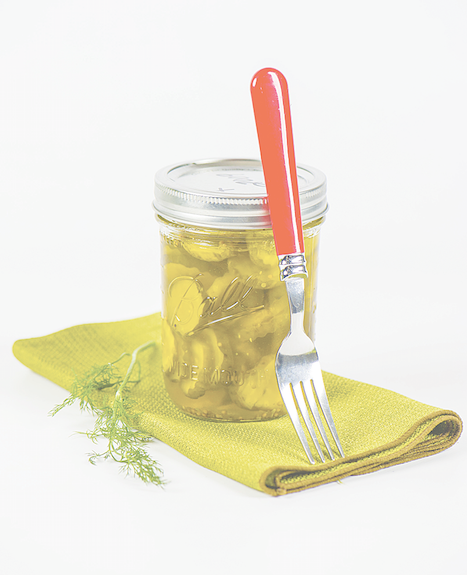With pickles, crunch is king
Published 6:00 am Friday, August 14, 2020
|
Getting your Trinity Audio player ready...
|
There are few snacks as satisfying as a crispy, briny pickle straight from the fridge.
Admittedly, I ask for extra pickles on every sandwich or burger I order and my family always has bowls of gherkin pickles on the table during large family meals. Since cucumbers are still coming in strong and we’ll start to see some other pickle-friendly crops from our gardens and local farms soon, I thought we should dedicate some time to pickling techniques.
While cucumber pickles are wonderful, pickling can be done to many foods. I had never enjoyed okra until my friend served me pickled okra spears. Game changer.
Other popular pickled vegetables include green beans, zucchini, radishes, turnips, carrots, beets, asparagus, onions and peppers. A great advantage to pickling firmer vegetables than cucumbers is that you can preserve them via water bath canning and they retain their crunch more than cucumbers do.
 My grandpa’s favorite pickles are bread and butters, with a mix of cucumbers, red peppers and onions. Since these are designed to have a softer texture, water bathing my jars of bread and butter pickles works great to get them shelf stable and ready for gifting to Grandpa come Christmas. I also love to water bath jars of pickled red onion slices and jalapenos to use as taco condiments throughout the year.
My grandpa’s favorite pickles are bread and butters, with a mix of cucumbers, red peppers and onions. Since these are designed to have a softer texture, water bathing my jars of bread and butter pickles works great to get them shelf stable and ready for gifting to Grandpa come Christmas. I also love to water bath jars of pickled red onion slices and jalapenos to use as taco condiments throughout the year.
When it comes to standard, dill cucumber pickles though, crunch is king. I have yet to find a recipe in which water bathing jars of dill spears or slices yields crunchy enough pickles for my liking.
Please share any recipes you may have via email if you’ve got great crunch. To get my crunchy cucumber pickle fix, I make pickles following Food In Jars’ “Small Batch Refrigerator Pickles” recipe that you can find online, though I add a teaspoon of red pepper flakes to spice it up a bit.
Refrigerator cucumber pickles are a great option for crunchy pickles that you know are safe to eat since they went in the fridge as soon as the jars were cooled. Shelf-stable cucumber pickles are more challenging to make crunchy because in order for them to be safe to eat, the vinegar brine has to penetrate the cucumber. In doing so, the cucumber softens, often beyond the point at which I want to eat it.
Vinegar is an acidic ingredient, so its penetration is similar to the tomatoes’ acidity levels that I mentioned in a previous column. Acidity is a key factor in making shelf-stable foods safe to eat since acid kills the bacteria that causes botulism poisoning.
As root crops start to emerge in the fall, plan to keep some radishes or carrots aside to pickle as you please.
If you’re as big a fan of crunchy snacks as I am, you won’t regret it. You can find more gardening and food preservation resources on Virginia FoodWorks’ website: www.virginiafoodworks. org/Home-Canning-Resources.
KATHARINE WILSON is the director Virginia Food Works. She can be reached at info@virginiafoodworks.org.





